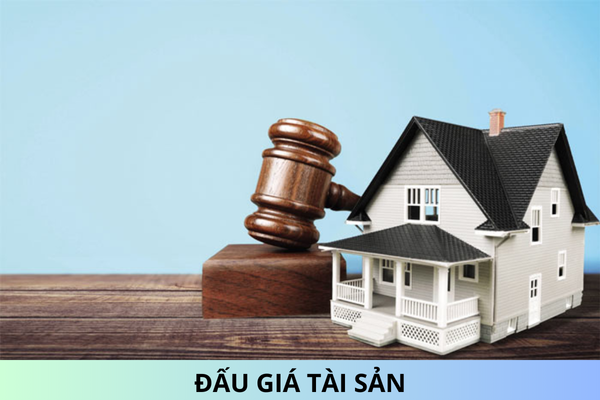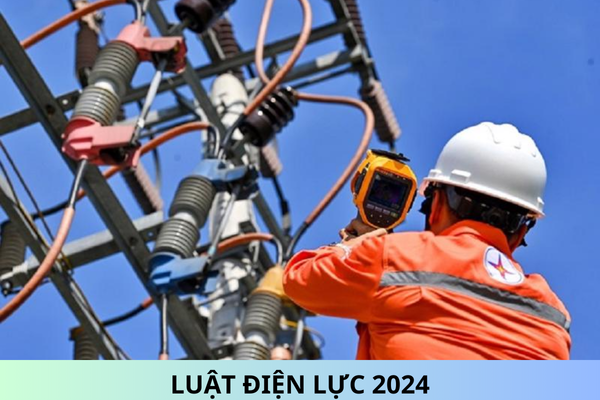What are details of the latest list of technologies banned from transfer in Vietnam in 2024?
What are details of the latest list of technologies banned from transfer in Vietnam in 2024?
Based on Appendix 3 issued in conjunction with Decree 76/2018/ND-CP defining the list of technologies banned from transfer in Vietnam as follows:
[1] Technologies Transferred from Abroad into Vietnam and Within the Territory of Vietnam
- Technology for aggregating narcotics.
- Technology for human embryo cloning.
- Printing and typesetting technology using lead plates.
- Battery production technology using electrolyte processes.
- Electrolysis technology using mercury electrodes.
- Technology using mercury in small-scale gold mining.
- Anti-fouling paint production technology using mercury.
- Technology for producing PHS technology phones.
- DECT technology using frequency incompatible with Vietnam’s frequency planning.
- Technology for producing analog and dial-up modems, ADSL.
- CDMA 2000-1X mobile information technology.
- Technology for producing televisions and personal computers using cathode ray technology for image creation in analog technology.
- Technology for disabling information security functions or attacking/infiltrating information systems unless serving national defense, security needs.
- Technology for radio signal jamming or interference (except for transfer serving national defense, security needs).
- Technology for intercepting, decoding information systems (except for transfer serving national defense, security needs).
- Technology for disabling devices recording, measuring, counting, calculating traffic load, speed, except for security needs.
- Technology for disabling devices measuring, counting electricity consumption.
- Technology for disabling devices calculating phone usage time.
- Technology for producing two-stroke engines for motor vehicles.
- Technology for producing automobiles that do not meet Euro 3 emission standards and do not meet Euro 4 emission standards from January 1, 2022.
- Electric locomotive engine technology using direct current electricity for railway train carriages.
- Technology using track circuits in train signal control systems on urban railways.
- Technology with traction power supply systems providing 3kV DC for railways.
- Technology for producing explosive chemical products using manual methods.
- Technology for producing weapons, military equipment, various explosives excluding industrial explosives, and national defense, security technical equipment (except for transfer serving national defense, security needs).
- Technology for creating support tools, software capable of disabling equipment detecting, accessing, stealing electronic network data (except for transfer serving security, national defense, security needs).
- Technology for disabling equipment checking, detecting weapons, explosives, narcotics, and other dangerous objects (except for transfer serving national defense, security needs).
- Mining, metallurgy technology, refining metals, producing materials using harmful chemicals that do not meet safety standards, causing environmental pollution.
- Vertical kiln cement production technology.
- Wet method rotary kiln cement production technology.
- Building materials production technology using Amphibole Asbestos (brown and blue asbestos).
- Rotary kiln cement production technology with kiln capacity of less than 4,000 tons of clinker/day.
- Technology for producing fired clay bricks using traditional kilns, improved kilns, continuous kilns, ring kilns, improved ring kilns (Hoffman type) using fossil fuels (coal, oil, gas).
- Waste treatment technology using single-stage incineration or waste incineration without an exhaust gas treatment system.
- Hazardous waste treatment technology containing halogenated organics exceeding hazardous waste thresholds using single chamber and two chamber technologies with second chamber smoke temperature lower than 1200°C.
- Solid waste incineration technology with a capacity of less than 300 kg/h.
- Technology for producing wood glue and additives harmful to health and environment Urea-Formaldehyde, Phenol-Formaldehyde, products with a free Formaldehyde content exceeding limits (Formaldehyde class > E2).
- Technology for propagating plants, cultivating using alien organisms (animals, plants, and microorganisms) listed in invasive alien species.
- Technology using non-native species including animals, plants, and microorganisms listed as invasive alien species.
- Technology for producing plant protection drugs banned in Vietnam.
- Technology for producing mixed NPK fertilizers using manual methods (spinning pans, rough mixing).
- Technology for producing lumber preservatives containing harmful substances for health and environment Pentachlorophenol (PCP), Dichloro Diphenyl Trichloroethane (DDT).
- Sulfuric acid production technology using simple contact, simple absorption method.
- Technology using CFCs and HCFCs.
- Technology using persistent organic pollutants (POPs).
- Technology using mercury under the Minamata Convention restricting mercury.
- Road surface construction technology using chemicals, additives harmful to the environment and human health.
- Technologies prohibited from transfer under international treaties to which Vietnam is a member.
[2] Technology Transfers from Vietnam to Abroad
- Technologies prohibited from transfer under international treaties to which Vietnam is a member.
- Technologies listed as state secrets.

What are details of the latest list of technologies banned from transfer in Vietnam in 2024? (Image from the Internet)
What are technologies banned from transfer in Vietnam?
According to Article 11 of the Technology Transfer Law 2017 regulating technologies banned from transfer in Vietnam:
Article 11. Technologies banned from transfer in Vietnam
1. The following technologies are prohibited from being transferred from abroad into Vietnam and domestically:
a) Do not meet legal regulations on occupational safety, labor hygiene, human health protection, resources, environment, and biodiversity protection;
b) Create products with adverse impacts on socio-economic development; harm national defense, security, social order, and safety;
c) Technology; machinery, and equipment associated with technology no longer commonly used and transferred in developing countries and do not meet national technical standards, regulations;
d) Technologies using toxic chemicals or generating waste that do not meet national environmental technical standards, regulations;
dd) Use radioactive substances, produce radioactive substances that do not meet national technical standards, regulations.
2. Technologies listed as state secrets are prohibited from being transferred from Vietnam to abroad unless otherwise permitted by another law.
3. The government issues the list of prohibited technologies for transfer.
According to the above regulations, transferring technology listed as state secrets from Vietnam to abroad is prohibited unless otherwise permitted by another law.
Who Has the Right to Transfer Technology in Vietnam?
According to Article 7 of the Technology Transfer Law 2017 defining the right to transfer technology:
Article 7. Right to Transfer Technology
- The technology owner has the right to transfer ownership rights and transfer the right to use the technology.
- Organizations and individuals with the right to use technology can transfer the right to use that technology to other organizations and individuals with the technology owner's consent.
- Scope of transferring the right to use technology as agreed by the parties includes:
a) Exclusive or non-exclusive use of the technology;
b) Right to further transfer the right to use the technology by the transferee to a third party.
Thus, the technology owner has the right to transfer ownership rights and transfer the right to use the technology.
Additionally, organizations and individuals with the right to use technology can transfer the right to use that technology to other organizations and individuals with the consent of the technology owner.










